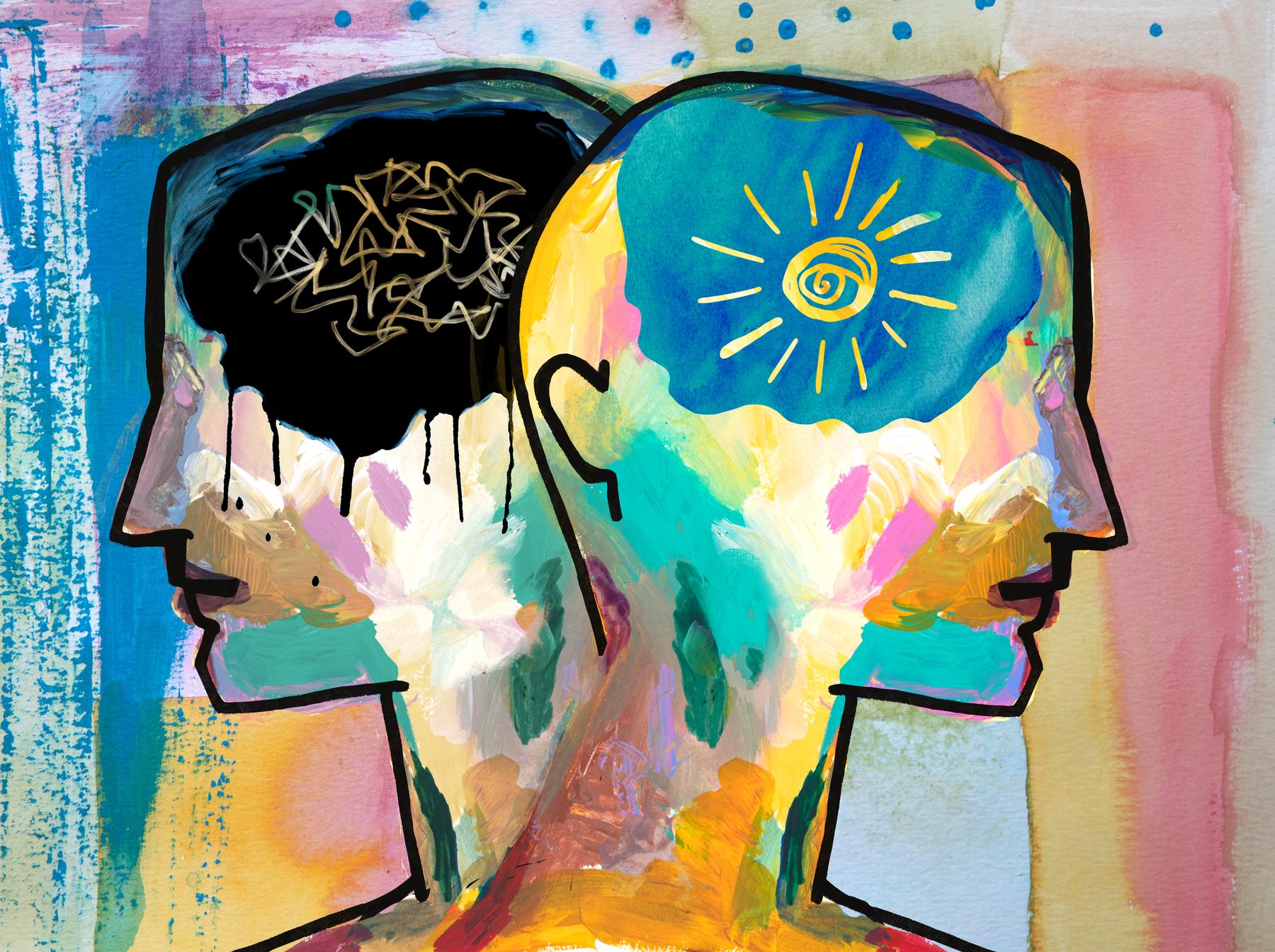The vagus nerve opens a gateway to the brain – diepresse.com

The stimulation of the vagus nerve is therapy without a pill and a ray of hope for people with chronic pain. Targeted personalization could increase the effect, says a current study.
The vagus nerve is a long and razed part of the nervous system and connects the brain with the organs via electrical impulses. In chronic diseases, the impulses can get lost on the way to the brain, so that the vital body functions can no longer keep it in balance. This is where electrical vagus nerve stimulation comes in, which can alleviate physical and mental illnesses.
The special thing about this « electrical pill » is that it helps where only painkillers work – or no more. Fields of application are chronic pain, circulatory disorders and depression. In Germany, for example, migraines are a big topic and in the USA chronic pain in connection with opioid dependency, explains Eugenijus Kaniusas from the Institute for Biomedical Electronics at the TU Vienna. He started researching the astonishing therapy method 17 years ago and has since been able to make an important contribution to justification for the biophysical effect.
Brain decides what happens
There are various methods of vagus nerve stimulation-invasive and non-invasive. In the beginning there were implanted devices, which, however, have the disadvantage, however, that they not only irritate sensory but also motor nerves. The charm of the motor nerves can lead to unwanted side effects. Therefore, research focuses on stimulation about the skin, which enables it to address sensory nerves exclusively – especially on the ear. This is important in this respect as a sensory nerve to the brain and the therapeutic effect on the brain can be achieved as a natural switching point, according to the professor – and further: « So it is not the relevant organ or the attacked function, as is the case when the motor nerves is irritated, but the brain that can therefore decide for itself. »
Kaniusas researches in the auricular stimulation, in which stimulation needles are set in the area of the auricle – from where a strand of the vagus nerve leads directly into the brain. The effect of the method has been proven, but the quality of the results is not the same for all patients. Which is why the team led by Kaniusas has tested the possibility of personalization since 2019 by tailoring the stimuli intensity individually to the person concerned and his course of the disease. Even then, they suspected that the physiological rhythms such as heartbeat and breath also play an important role.
In the rhythm of the body
An assumption that Kaniusas 2025 in one study Confirmed with the surgeon József Constantin Széles (private clinic in Vienna) (Frontier in Physiology). Together they showed for the first time that the gates into the brain open and approach with every heartbeat, so to speak. If the impulse is made when the gates are open, it is perceived in the brain.
The same is the same with the breathing rhythm, in which one distinguishes and exhalation and the effect in a phase is much more pronounced than in the other phase. With this knowledge, the stimulus can be set in such a way that it is absorbed as efficiently as possible and implemented accordingly, according to Kaniusas.
The effect of the « miracle nerves » also describes the book published in January « The healing power of the vagus » ((Eco Wing) by Maximilian Moser (Med-University Graz).
In numbers (online)
1.5 Billions People worldwide suffer from chronic pain.
400 billion Euro is spent on the EU every year for medication for the treatment of chronic pain.
1988 was the year when a vagus nerve stimulation (VNS) was implanted for the first time in humans-as a form of non-drug treatment.
59 percent The subject with chronic back pain showed a pain reduction of over 50 percent after auricular vagus nerve stimulation-according to a study of Széles JC et al.







